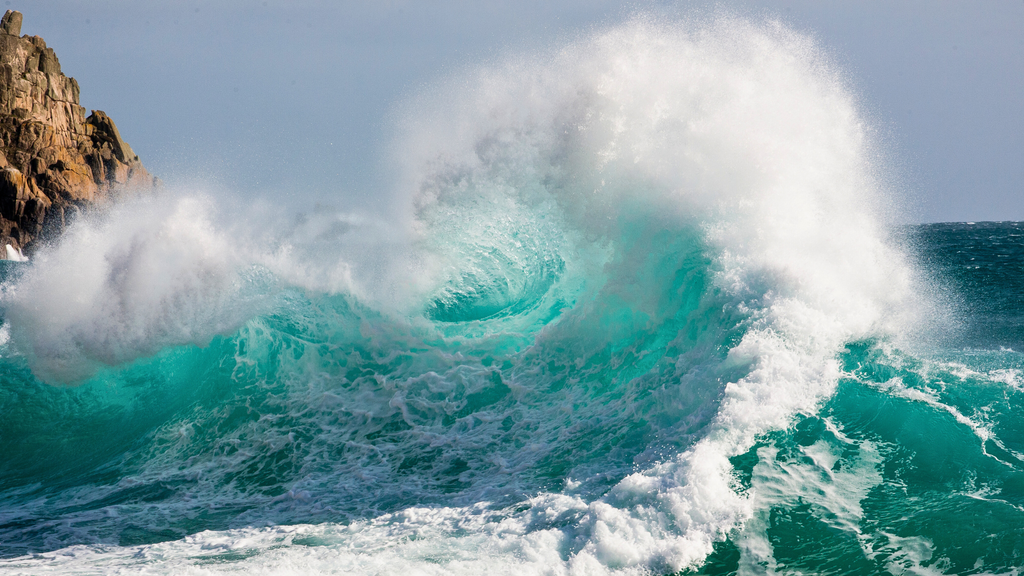Have you ever played in the waves at the beach? Maybe you have fun memories of those waves. Perhaps you remember being scared as some waves crashed over you. Growing up in northern California we always got in the water and played in the waves as kids. Most of the time we loved the waves. However, there were times that the waves became scary. During those times we could easily get thrown to shore by an intense wave or caught in an undercurrent and pulled out to the ocean.
Now what about emotions? Have you ever felt joy or excitement? Sadness or pain? Maybe you have pleasurable memories of experiencing love or confidence. Perhaps you recall times of worry or stress. Have these emotions ever felt like the waves you’ve experienced at the beach? Have they ever knocked you off your feet or caught you off guard?
A helpful way to look at emotions is like waves. They come and go. In and out. Some are powerful and overwhelming, while others are calm and enjoyable. But waves are always present on the beach. So are emotions always present in our lives. How you respond to waves to ensure safety while on the beach is also how you can respond to emotions and navigate them successfully.
Here are four ways to ride the waves of emotion:
- NOTICE THEM. When you are playing in the waves at the beach it is really easy to get comfortable or caught up in the typical waves that you stop paying attention to the other waves approaching. If you aren’t paying attention you can get caught off guard by an extra powerful wave and be thrown under and possibly hurt. A great way to prevent this is to notice and identify the next wave that is coming. Regarding emotions, this means paying attention to what your body is telling you (is your heart racing, palms sweating, stomach full of butterflies, etc?) and identifying the emotion attached to the sensation. By noticing and then naming the sensations and emotions you are better prepared to ride the wave.
- ACCEPT THEM. If you are at the beach you have to accept that there are waves. As human beings we also have to accept that emotions are part of our experience. Emotions are neither good nor bad, they are just information. Accepting all emotions allows us to ride the wave more smoothly. By ignoring any emotion or pretending it is not there we end up being flooded and tossed about instead of being able to manage them in a healthy way.
- LEAN IN. When a large wave is headed your way the best thing you can do to ride it successfully is to lean into it. If you just sit there that large wave will overpower you. When you notice the wave, accept that it is there, and then lean into it you are able to better manage your body and not be thrown about. Leaning into our emotions can be uncomfortable and scary, which is why most of us try to avoid it. By allowing yourself to truly feel the spectrum of emotions and lean into them you are better able to keep moving forward.
- BE GENTLE AND KIND TO YOURSELF. Sometimes, especially when you are just starting to practice these skills, you are going to get caught by a sleeper wave which knocks you down and gets sand in places where sand is not supposed to be. When that happens remind yourself that you are learning. Notice what you experience and feel - are you embarrassed, ashamed, angry? It is okay. We all get thrown down or overwhelmed by our emotions at times. Practice self-compassion and try again. It will get easier and you will be able to ride the waves of all your emotions.
Next time you are at the beach notice how the waves move and how you navigate them and ponder how that relates to your emotions. You are strong and you can face the big waves with confidence and enjoy the calm of the tide pools as you practice these tips.
Jen Castillo Hurst, LCSW


